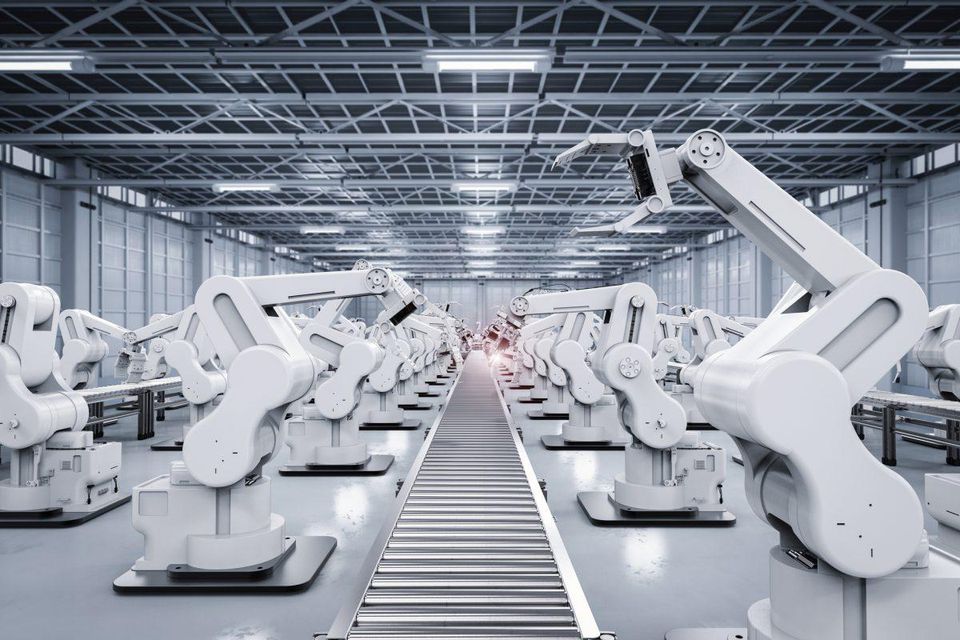Biggest Advantages of AI in Manufacturing

One of the main goals of the manufacturing industry lies in the ability to streamline a steady production, produce a greater quality of items and increase the volume of their output with a minimal number of errors. The end goal of all these ideas is to create a revenue boost and this could be achieved through the application of AI in the manufacturing process. According to some estimates, if applied properly, by the year 2020, the use of AI in manufacturing processes could increase the revenue of the industry by a staggering 40 percent. For this very reason, as many as 56 percent of manufacturers currently plan to increase their AI spending.
1. Fault detection
Perhaps the first major advantage of AI in the field of manufacturing lies in its increased capabilities when it comes to fault detection. This allows for the prevention of a larger mistake at a later date and a lower risk of customer dissatisfaction. Moreover, by diagnosing recurring mistakes early on, it is possible for this tech trend to save a small fortune in any given industry. The best results come from AI-assisted visual inspection machines that are capable of detecting faults with 90 percent greater accuracy than their human counterparts.
2. A safer workplace
One of the biggest problems with the manufacturing industry is the fact that it often includes extreme circumstances, volatile substances and heavy machinery. It’s quite easy to see how easy it would be for an accident or an injury to occur in such circumstances. On the other hand, machines that are governed by AI-based systems are substantially safer to work alongside their human counterparts. This too, however, can be listed under the benefit of fault detection.
3. Reduction of unplanned downtime
A single factor that stresses out the majority of entrepreneurs is unplanned downtime, as it represents the single biggest blow to the productivity of the manufactory process. With the help of AI-based predictive services and the proper application of predictive maintenance, this can be drastically reduced. Combined with access to proper storage solutions and adequate storage maintenance, it’s quite possible to reduce this unplanned downtime to a minimum. In other words, AI combined with some additional trends can be used to create an optimal supply chain.
4. Greater energy efficiency
The majority of equipment used in the production industry performs complex and sophisticated tasks, which usually means that it requires a lot of power to run. It’s vital to explain how AI-based machines and programs may make these pieces of equipment more efficient. One of the methods that help equipment become more energy efficient is the use of energy forecasting. You see, even the machines that are used the most don’t have the same energy requirements 24/7. With AI-backed programming, you’ll be able to make these assessments more accurate.
5. IoT and big data
Alongside improvements in the field of AI, it’s also important to mention that these sophisticated tools will have the privilege of learning from a vast database, mostly consisting of information gathered through IoT devices. In 2019, as many as 27 billion devices are connected to the IoT and a disproportionally high number of these devices is in the manufacturing industry. Moreover, by the year 2025, this number is expected to reach 75 billion, which will further contribute to this trend.
Conclusion
In the end, AI in manufacturing can completely change everything, since it makes processes and equipment that is used in the industry much more efficient. This is done by understanding production processes a lot better, energy efficient manufacturing trends, reduction of downtime and a lower chance of product mistakes. Overall, this is a trend that can completely reshape the manufacturing industry as we know it.